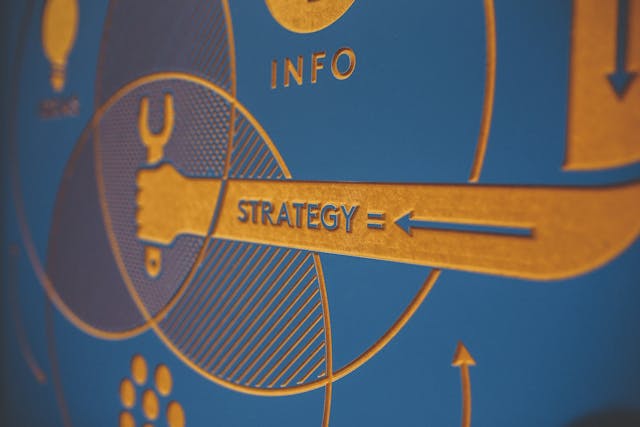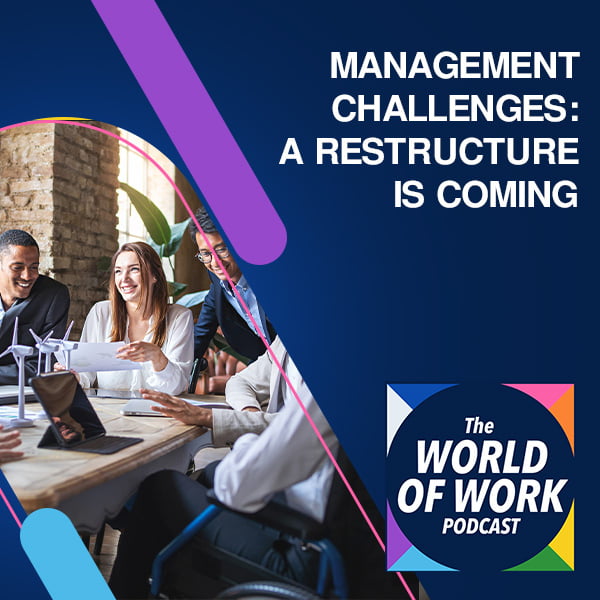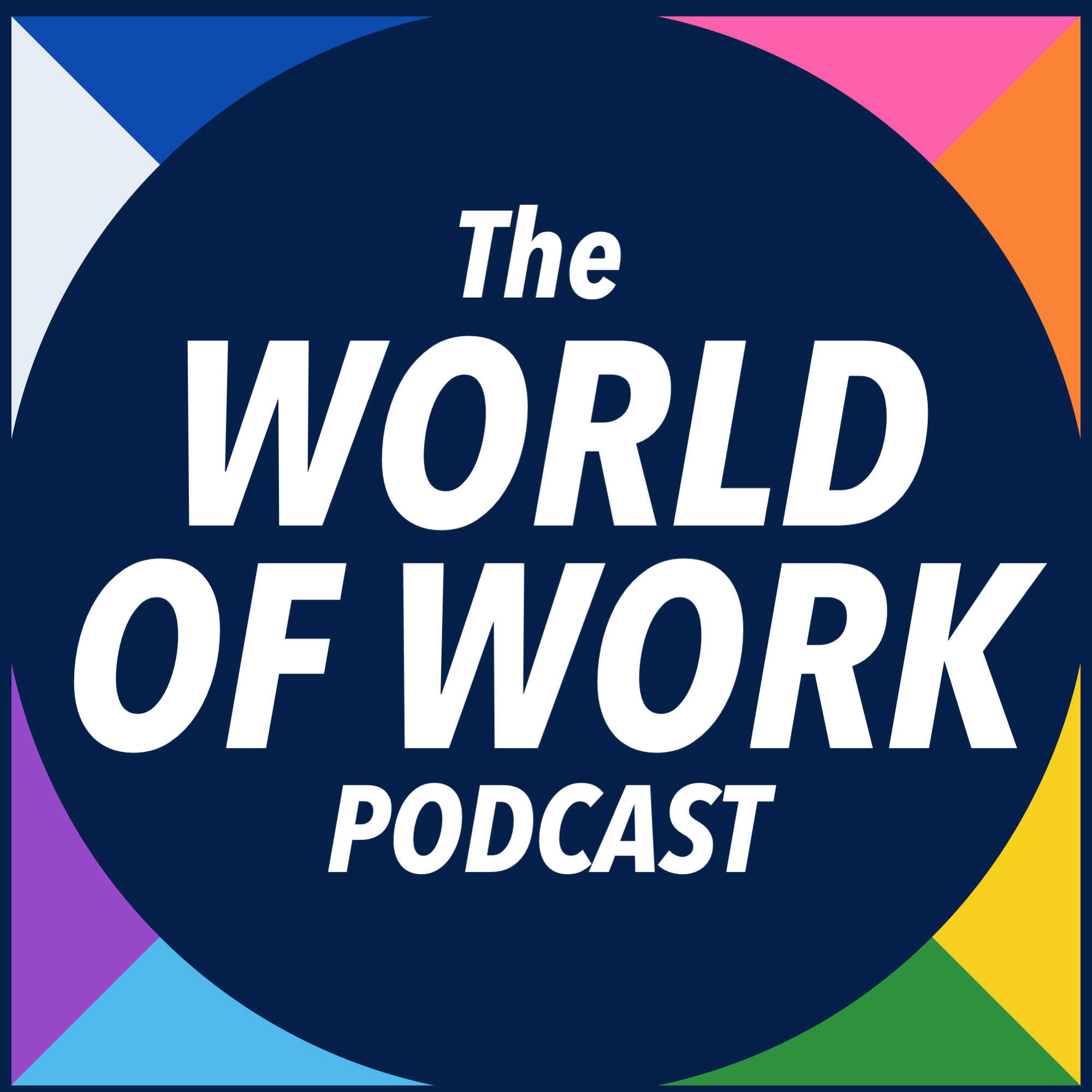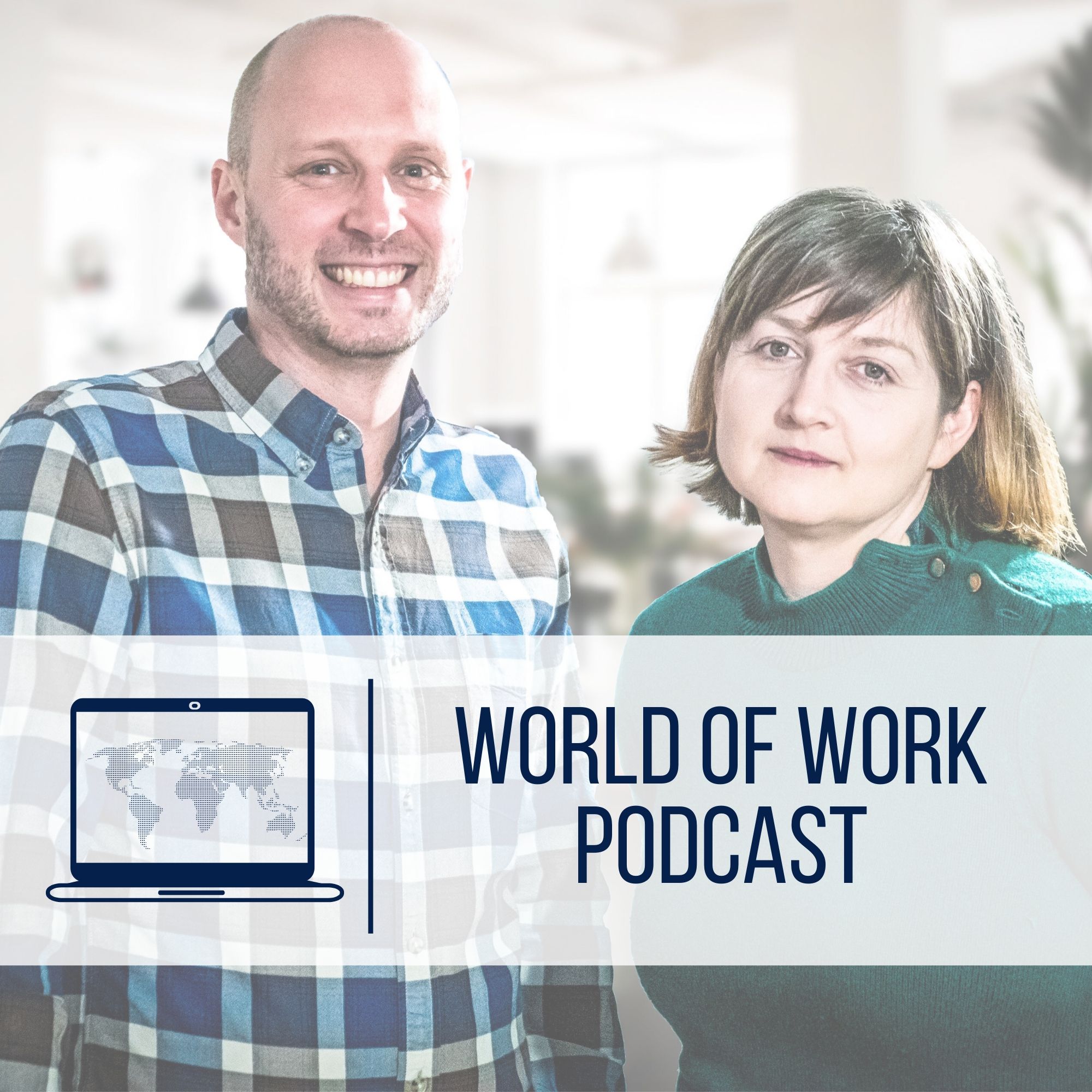Key Learning Points: The Burke-Litwin organizational change framework is a causal change model that seeks to show where change arises and how it flows between different parts of organizations. The model shows links between 12 strategic, operational and individual factors.
The Burke-Litwin Change Model
The Burke-Litwin change model is an organizational change model. It says that there are 12 key factors that organizations must consider when assessing change. The model groups these factors into different levels.
At the most macro level there are external factors. At the next level down are strategic factors, which include organizational culture. These are followed by operating factors and individual factors, before we reach the most micro factor grouping which is output.
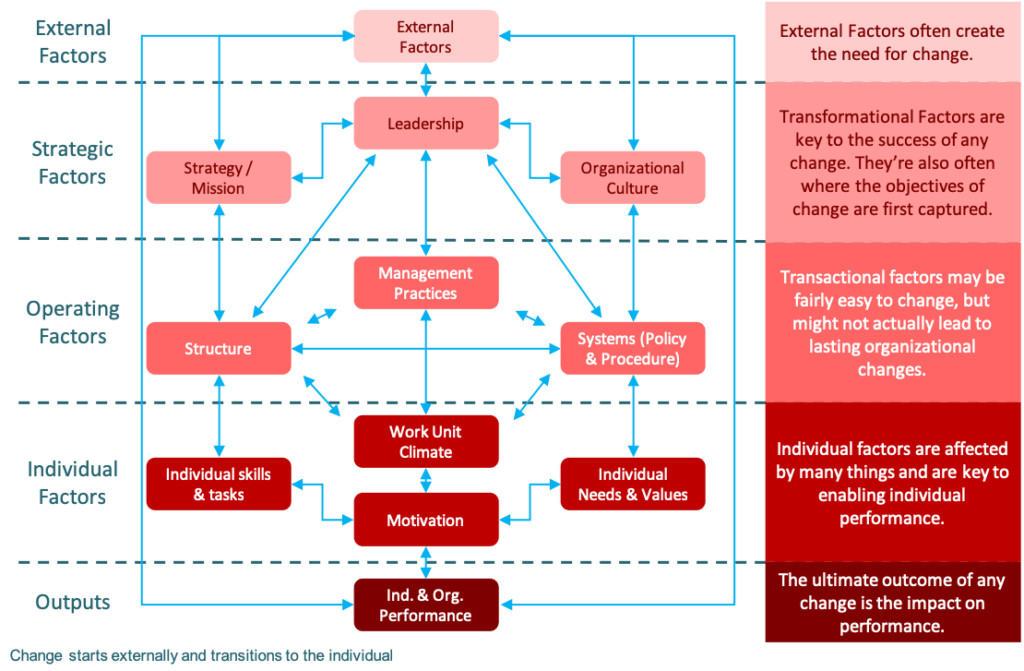
Within this model the interconnected nature of the factors is shown to be somewhat determined by the level of the factors. For example, the strategic factors are most impacted by the external factors and the operating factors, the factor levels that they are sandwiched between.
Learning More
Organizations often seek to change and improve, and often use organizational development programs to do so. There are many models that seek to explain how change in organizations happens. Some models to consider in the first instance include Kotter’s 8 Step Model, Lewin’s Change Model and the ADKAR model.
You can also learn more about the Burke Litwin Model at the excellent toolshero website.
It’s worth noting that there’s a lot of discussion and challenge around organizational change theories.
Our View
We like The Burke-Litwin Organizational Change Framework as a way to think about organizations and the factors that affect them and the changes within them. The systemic and interconnected nature of the model is helpful. We think it goes some way towards capturing the complexity of changing systems.
We are, however, of the view that change really can originate from anywhere within an organization, and we also believe that there are more interconnections than are shown in this model. These, though, are minor points.
In summary, we like the model and think it shows some useful things, but also think organizations are more complex than implied through this model.
How We Help Organizations
We provide leadership development programmes and consulting services to clients around the world to help them become high performing organizations that are great places to work. We receive great feedback, build meaningful and lasting relationships and provide reduced cost services where price is a barrier.
Learning more about who we are and what we do it easy: To hear from us, please join our mailing list. To ask about how we can help you or your organization, please contact us. To explore topics we care about, listen to our podcast. To attend a free seminar, please check out our eventbrite page.
We’re also considering creating a community for people interested in improving the world of work. If you’d like to be part of it, please contact us.
Sources and Feedback
The contents of this post have been based on interpretations of Burke and Litwin’s original article on the subject “A Causal Model of Organizational Performance and Change” as published in the Journal of Management in 1992. You can access the paper here.
We’re a small organization who know we make mistakes and want to improve them. Please contact us with any feedback you have on this post. We’ll usually reply within 72 hours.



